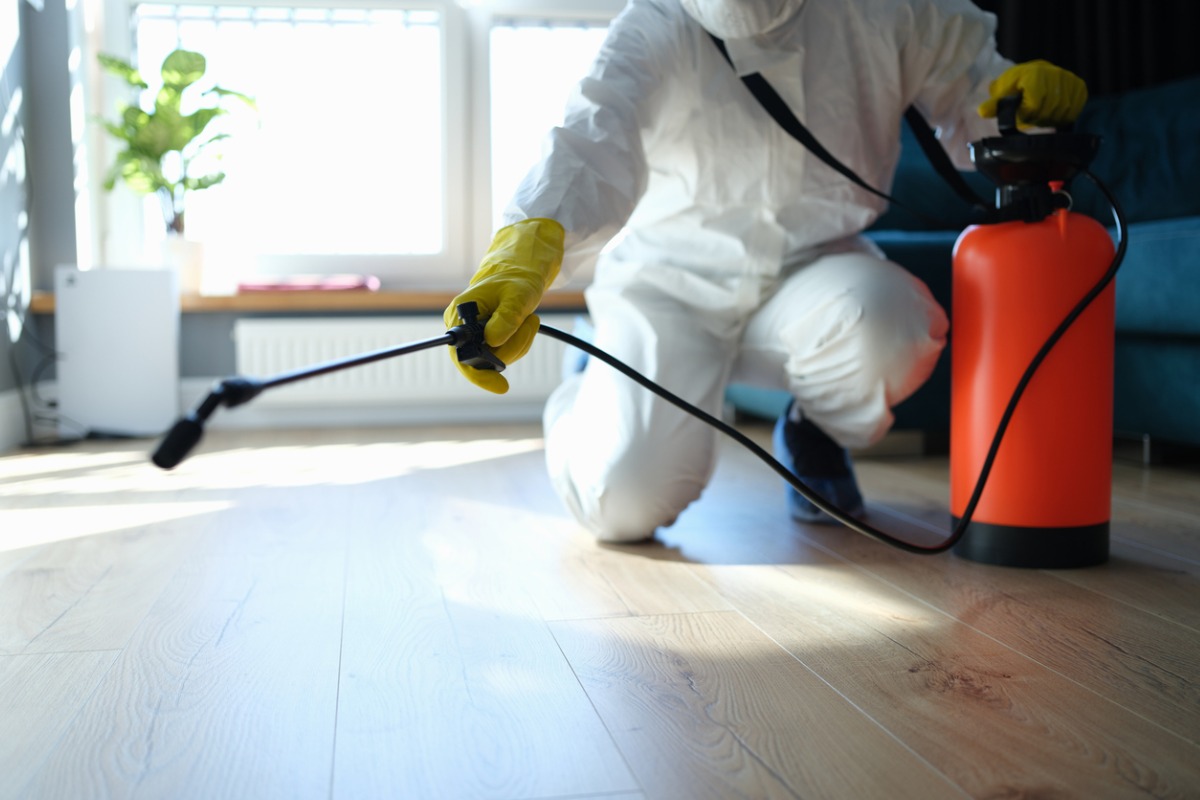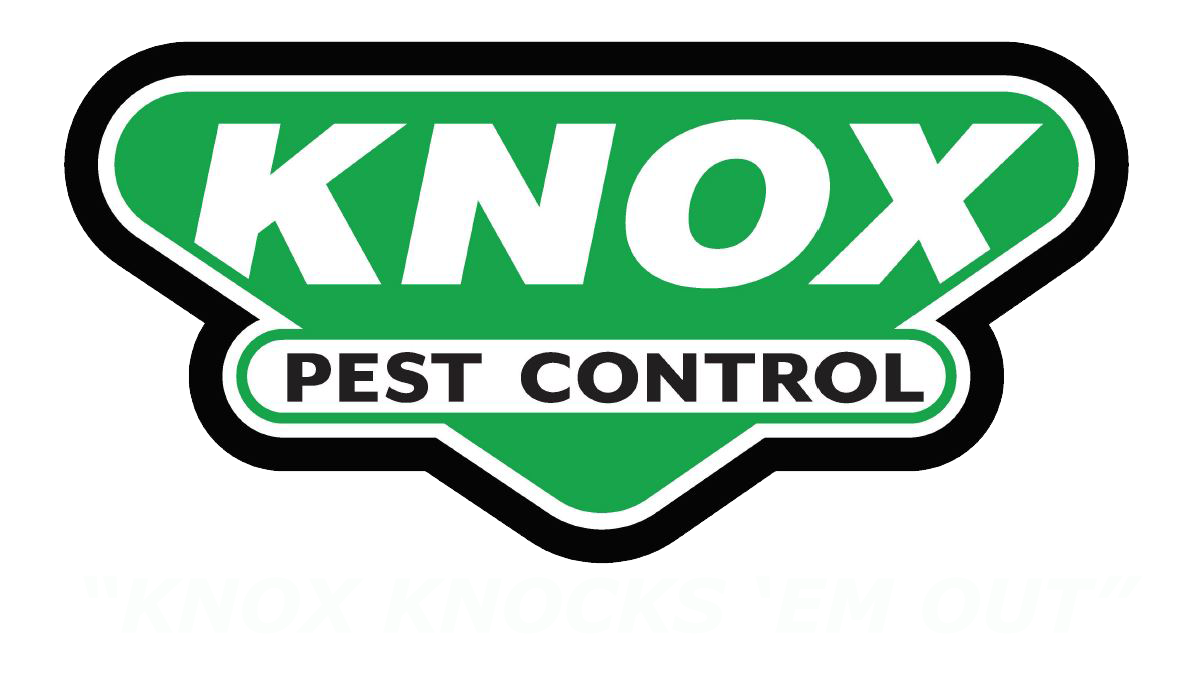Eco-Friendly Pest Control Homestead Options for a Healthier Home
Eco-Friendly Pest Control Homestead Options for a Healthier Home
Blog Article
Discover the Tricks of Bug Control: Just How It Functions and Refine Exposed
Parasite control is a precise practice that includes a deep understanding of pest behavior, tactical preparation, and specific execution. From identifying the source of infestations to applying tailored control measures, the process of bug control is a blend of scientific research and method aimed at preserving an unified environment. However, the intricacies of this process commonly stay veiled, shrouded in secret. Untangling the subtleties behind effective bug control introduces a world of methodical strategies and carefully calculated actions that are important in combating and protecting against pest-related problems.
Bug Actions Comprehending
Recognizing the detailed actions of parasites is important for effective insect control monitoring. By diving right into the behaviors and patterns of various bugs, professionals can create targeted strategies to remove invasions and stop future incidents. For example, the behavior of cockroaches, such as their choice for damp and dark atmospheres, guides pest control professionals in establishing where to focus therapy initiatives. Understanding that rats are nocturnal creatures assists in establishing up traps and baits throughout the most active hours. Furthermore, understanding the reproductive cycles of bugs like ants help in disrupting their colonies' growth.
By remaining abreast of the newest study on parasite actions, parasite control professionals can continuously refine their methods and stay in advance of evolving parasite populaces. Ultimately, a deep understanding of bug behavior is a foundation of effective parasite control monitoring.

Assessment and Recognition Methods
Effective bug control administration relies greatly on thorough assessment and specific recognition methods to accurately evaluate problems and develop targeted removal techniques. Inspection involves a comprehensive assessment of the residential or commercial property to figure out the level of the bug issue, determine the type of insect present, and locate possible entrance points. This process might consist of aesthetically inspecting common hiding areas, making use of surveillance devices such as catches or cams, and examining pest droppings or damage indicators.
Recognition is an important step that complies with assessment, as different pests require particular treatment methods. Insect control specialists utilize their knowledge and expertise of pest behavior to determine the types present precisely. This might include taking a look at physical features, such as size, shade, and markings, along with researching the insect's habitats and behaviors. Sometimes, samples might be accumulated for further analysis in a laboratory to verify the parasite types.
Parasite Control Steps Implementation
Having actually carefully evaluated and accurately identified the insects present, the following important step is the execution of targeted parasite control actions to effectively eliminate the problem. When the kind of bug has actually been identified, customized approaches are used to deal with the particular danger. Typical insect control techniques consist of chemical therapies, biological controls, and physical obstacles. Chemical treatments involve using chemicals to remove pests, while organic controls present natural predators to take care of parasite populaces. Physical obstacles such as securing access points or mounting traps are additionally effective in preventing pests from getting in or spreading out within a residential or commercial property.
Proper implementation of insect control steps calls for proficiency to ensure the safety and security of inhabitants and the setting. It is vital to comply with policies and standards when applying pesticides and to utilize ideal safety tools. Tracking and follow-up inspections are important to evaluate the effectiveness of the picked techniques and make any type of necessary modifications. By utilizing targeted bug control procedures, problems can be efficiently eliminated, producing a healthier and pest-free environment.
Environmental Influence Factors To Consider
Cautious analysis of the potential environmental influence is an important aspect when implementing insect control measures. Parasite control approaches can have numerous impacts on the useful content atmosphere, including non-target species being impacted, contamination of dirt and water resources, and disruption of the ecological community. It is essential to take into consideration these aspects to decrease any negative effects on the atmosphere.
To alleviate environmental effects, incorporated insect monitoring (IPM) approaches are typically recommended. IPM concentrates on using a combination of strategies such as organic control, environment adjustment, and the targeted use chemicals as a last option. Pest Control Homestead. By utilizing a holistic strategy, IPM aims to control parasites properly while reducing damage to the environment

Recurring Tracking and Prevention
Constant surveillance and prevention play critical duties in keeping reliable insect control approaches over useful site time. Once first pest control actions have actually been implemented, ongoing monitoring comes to be necessary to track pest activity levels and make certain that the chosen techniques are working effectively. Regular examinations by experienced experts permit the early detection of any kind of signs of pest renewal, making it possible for swift action to be taken before the invasion escalates.
Precautionary measures are equally critical in maintaining a pest-free setting. Carrying out techniques such as sealing access points, maintaining sanitation, appropriate waste management, and lowering sources of food and water deprive bugs of the essentials they require to prosper. By proactively dealing with these aspects, the chance of a pest infestation is significantly decreased.
Moreover, safety nets contribute to the long-lasting success of bug control efforts, lessening the demand for reactive treatments and linked costs. By integrating recurring monitoring and prevention into an extensive parasite management plan, services and individuals can successfully secure their residential properties against unwanted trespassers.
Verdict
To conclude, parasite control involves understanding pest habits, conducting detailed examinations, executing control measures, considering environmental influences, and maintaining recurring tracking and prevention. By complying with these actions, bug problems can be effectively taken care of and controlled. It is important to take an aggressive technique to pest control to secure both human health and the atmosphere.
By remaining abreast of the most recent study on parasite actions, pest control professionals can constantly fine-tune their methods and remain in advance of progressing pest populaces.Having thoroughly examined and precisely go to these guys identified the pests present, the next vital step is the implementation of targeted pest control actions to efficiently remove the invasion.Moreover, selecting ecologically friendly bug control items and techniques can substantially decrease the ecological footprint of pest monitoring methods - Pest Control Homestead. When first bug control measures have been carried out, continuous monitoring comes to be important to track pest activity levels and guarantee that the picked methods are functioning effectively.In final thought, insect control includes understanding bug actions, carrying out thorough examinations, applying control actions, considering environmental effects, and maintaining ongoing tracking and avoidance
Report this page